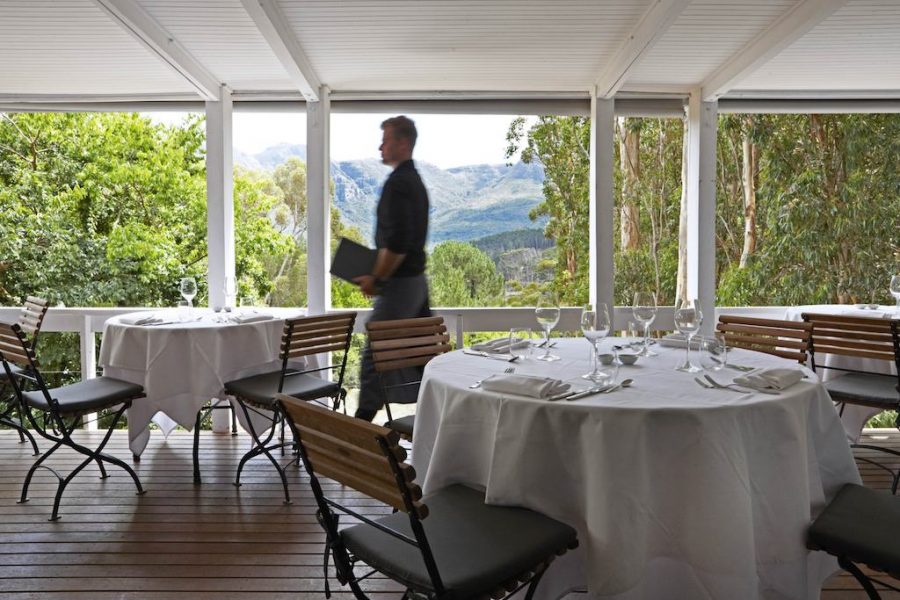
Cape Town, Winelands Now Thrill Food Travellers Too
If you’re a globetrotter into fine dining, consider making your next destination Cape Town and its outlying Winelands, where an innovative eight-course tasting menu paired with wines will cost you about $60 to $80 for lunch, and $85 to $105 for dinner. Thanks to the dollar’s strength in South Africa, Americans are in for a […]

If you’re a globetrotter into fine dining, consider making your next destination Cape Town and its outlying Winelands, where an innovative eight-course tasting menu paired with wines will cost you about $60 to $80 for lunch, and $85 to $105 for dinner. Thanks to the dollar’s strength in South Africa, Americans are in for a feast of value in this scenic foodie haven, ripe with culinary talent and internationally acclaimed restaurants.
As for the tasting menus, you can expect the unexpected. You might find poached oysters with lemon, seaweed and apple at La Colombe; Cape Wagyu tongue with gnocchi, celery, carrots and celeriac at Overture; or light curry glazed kingklip (a local fish) at The Test Kitchen, cooked slowly at the table over curry leaves in concrete charcoal-filled bowls, and served with carrot cashew purée and carrot beurre noisette.
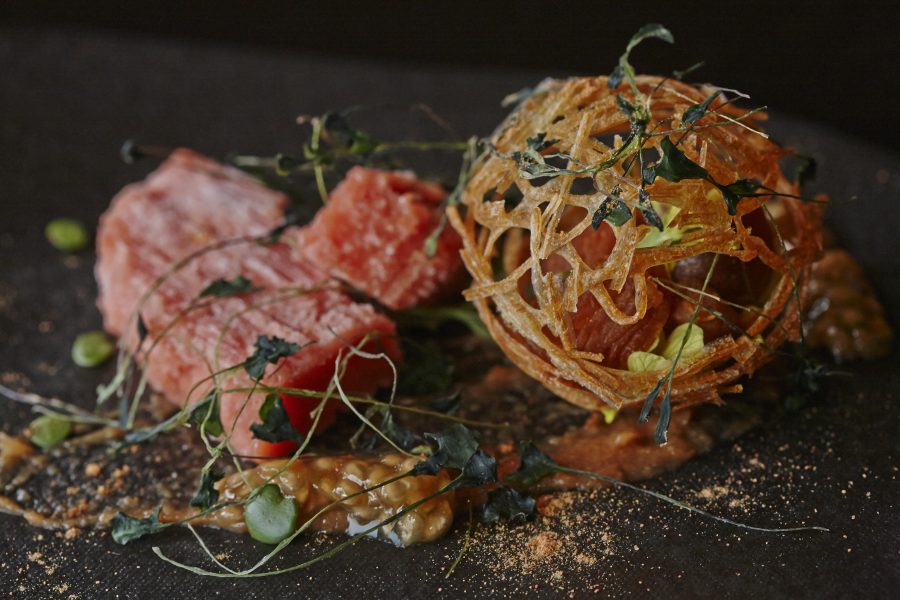
Joining the gastronomic scene
During the apartheid years, South Africa was shunned and largely cut off from the world, even in a culinary sense. But since Mandela’s presidency, it’s seen an influx of foreign chefs and cuisines. Many South African chefs have also worked in Europe and Asia, and returned all the better for it.
Today, Cape Town is a known pit stop on the gastronomic world map. The Test Kitchen, La Colombe and The Tasting Room have ranked in the World’s 50 Best Restaurants, in various categories. Cape Town’s status as a world-class design city has also helped — it was World Design Capital in 2014 — with local talent behind great-looking dining spaces.
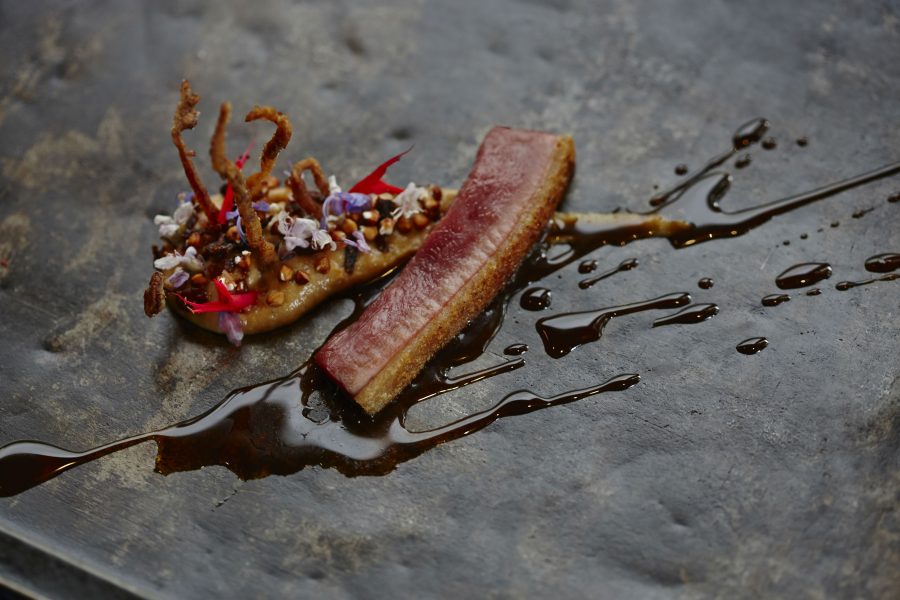
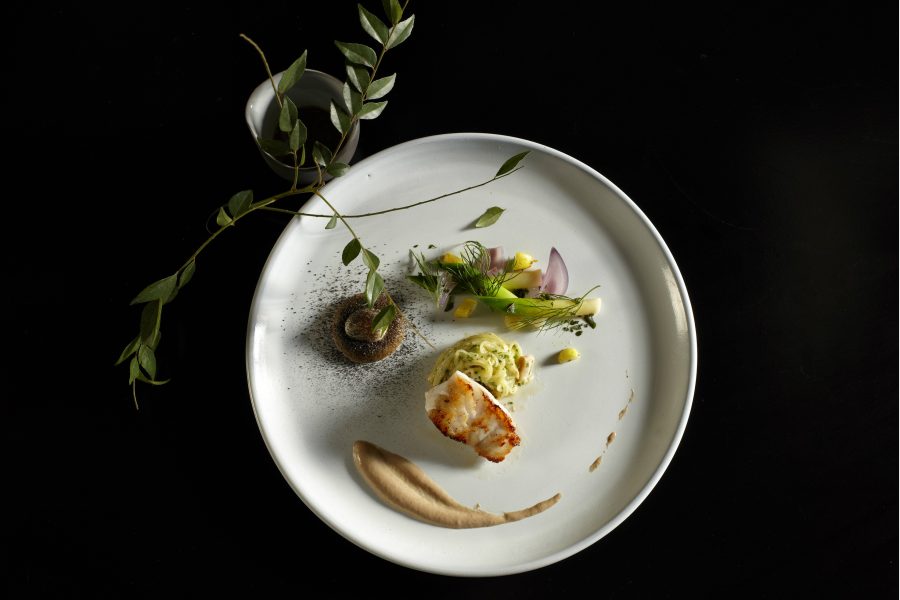
Fueling the scene is a flush of small growers and producers, offering chefs great produce, ethically raised meats, wild game, seafood and indigenous ingredients like sour figs, baobab, buchu and honeybush tea, along with a flurry of artisanal products.
“Overall, our fine dining feel is quite natural and organic when compared to other countries, with less rigid styling and a trend towards local ingredients and preparations, giving it a sense of place,” says Scot Kirton, head chef at La Colombe.
Local ingredients paired with wine
“South Africa doesn’t have a strong food heritage like the French, which means that our cuisine can be eclectic, with lots of people doing different things,” adds Luke Dale-Roberts, the British-born chef/owner of The Test Kitchen, located in the city’s revitalized Old Biscuit Mill warehouse complex. Foreigners also appreciate what Kirton calls “the South African knack for hospitality, in which even in the top tiers of fine dining, guests feel greatly cared for on a personal level.”
While the feeling is relaxed, with lunchtime guests sometimes even wearing shorts, few of these high-end restaurants are taking walk-ins. The Test Kitchen, ranked 28th in the World’s 50 Best Restaurants in 2015, is currently taking dinner reservations six months in advance, although in August it will switch over to an online 30-day-in-advance booking system.
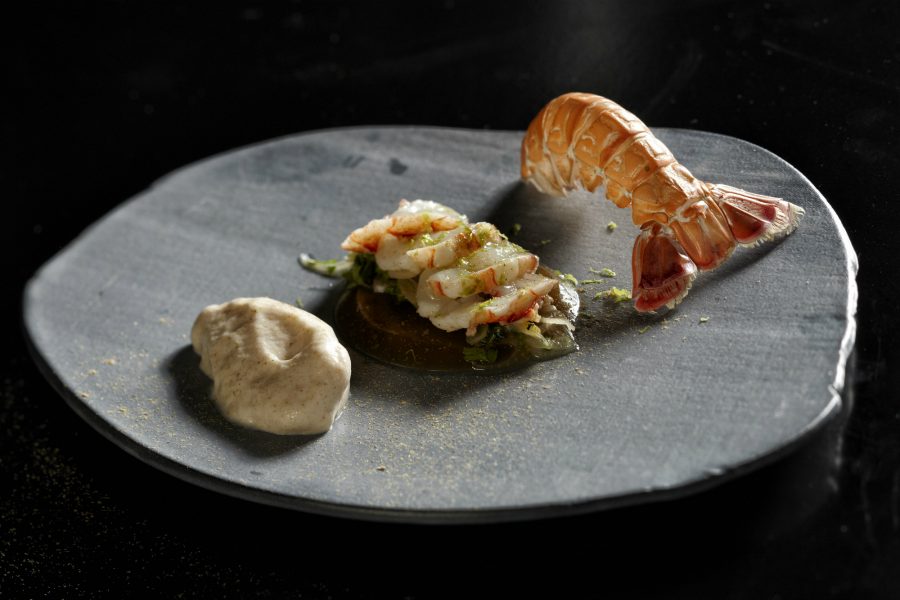
Wine is intrinsically part of local dining, with the closest vineyards 20 minutes from central Cape Town. While South Africa has a 350-year-old wine heritage, quality has improved dramatically in recent years, and there is a new posse of young and adventurous winemakers. This means great synergy and camaraderie between winemakers and chefs, who are sometimes even on the same property. Many of the Cape’s best restaurants are on wine estates, which doesn’t necessarily mean they only serve that estate’s wine; most have extensive wine lists, with excellent wines for as little as $15 a bottle.
Simple, seasonal and South African
Despite global influences, many of the best chefs are expressing their personal experience of South Africa. Bertus Basson of Overture Restaurant, on a Stellenbosch wine estate, describes his food as “simple, fresh, seasonal and South African,” and creates dishes like West Coast Memories, with salmon, octopus, sout-vis (salted fish) and snoek.

In the idyllic Winelands village of Franschhoek, Dutch-born Margot Janse has been the chef at The Tasting Room at boutique hotel Le Quartier Francais for 20 years, and has set the local bar for ultra-creative tasting menus. Her food “celebrates South and Southern Africa through their ingredients and stories.”
Take her Joostenberg vlakte duck dish, for example, which she says “carries many stories.” The duck is farmed in an area where many Dutch settlers grew grapes and produced brandy. Janse steeps mixed fruit in brandy, like it’s done in Holland, but adds buchu — “one of our magical indigenous herbs.” After six weeks, it’s mixed with celeriac in a purée. The duck is baked in a salt crust made of hand-harvested Baleni salt mixed with kapokbos, another indigenous herb. The breast is served with the purée and crispy bits of neck and leg, and a grape jus. “It’s about the duck and its heritage,” she says. One dish of many in a new dynamic dining region.
Prices are based on current exchange rates as of May 2016, of 15 South African rand to 1 U.S. dollar. Fluctuations may occur. Copyright 2016 Ilana Sharlin Stone via Zester Daily and Reuters Media Express